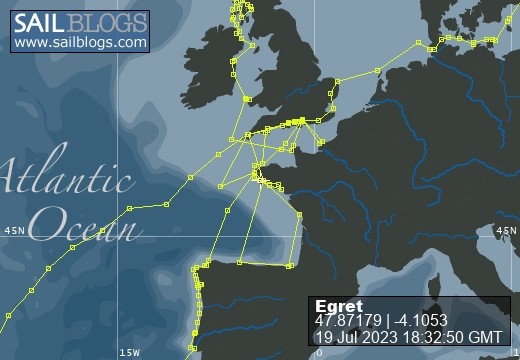
Egret
09 August 2022 | Picture: The Sunk Inner Light Vessel in the Thames Estuary
03 August 2022 | Egret at the Royal Norfolk and Suffolk Yacht Club, Lowestoft
23 July 2022 | Picture: One of the smaller locks at Holtenau
20 July 2022 | Picture: Patrick reminiscing with Juergen at Rostock
11 July 2022 | Picture: Egret at Stralsund, with the barque Gorch Fock beyond
04 July 2022 | Picture: Amanda on Bornholm
01 July 2022 | Picture: Kristianopol, with Egret at far right
26 June 2022 | Ernemar
19 September 2020 | Picture: Egret being lifted out at Ernemar, Sweden
08 September 2020 | Chart: our route from Mem into the Tjust Archipelago
01 September 2020 | Picture: the Carl Johans flight of seven locks
29 August 2020 | Picture: Egret (by G. Einefors)
27 August 2020 | Picture: Egret at Vadstena Castle
25 August 2020 | Picture: Norrkvarn Lock
23 August 2020 | Picture: Egret crossing Lake Vänern
19 August 2020 | Picture: Inside the lowest Trollhatte lock
17 August 2020 | Picture: The Gota Alv Bron in Gothenburg
16 August 2020 | Picture: the GKSS, Langedrag
13 August 2020 | Picture: Egret alongside (left) at Fisketangen
10 August 2019
139. More Azores Highs: São Jorge and Terceira
27 June 2015
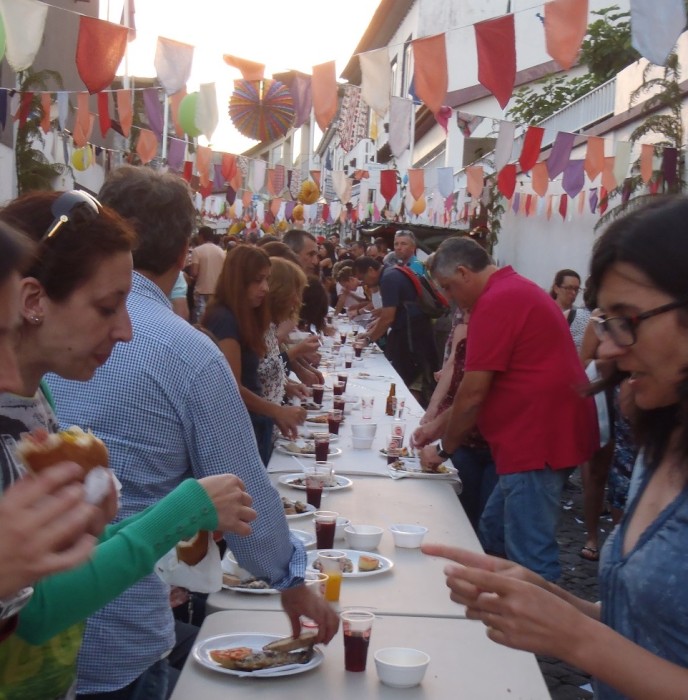
A figure beckoned from the end of the quay at Velas and, once we had acknowledged him, he sprinted round to our berth to take our lines. José the harbourmaster was charm personified, and seemed to be on duty almost every daylight hour, seven days a week, apologising if he ever had to go away for a while. The little marina nestles at the foot of high cliffs, and every evening, a couple of hours after sunset, a large flock of Cory's Shearwaters returned from their day's fishing. Wheeling round above us, en masse they sounded like a swarm of bees, but gradually a wide range of individual voices could be picked out, calling "Ouwa, ouwa, ouwa" followed quickly by "Ooh!" Perhaps they were calling for their mates to identify their nests in the dark: "Where are you?" - "I'm here darling!" Gradually all went quiet as they settled down inside their crevices for the night.
It is a short walk around the old harbour and through a gateway in the fortified wall to the centre of the small town. Colourfully painted or tiled buildings - some quite grand, others simple fisherman's cottages - crowd along the black and white patterned cobbled streets. A sea bathing pool - very popular after work and at weekends - nestles amongst the rocks beside a sunbathing area, changing rooms and café. José told us about the Festival of São João, and we watched the proceedings kick off with two marching bands, followed by a short service outside a church. Then everyone tucked into a sardine supper at tables laid out along the centre of the street; and pop groups performed music into the evening.
São Jorge Island is fifty kilometres long but only six wide, with a high plateau surrounded by steep coastal slopes. Many communities live precarious lives on flat areas of land at the foot of the cliffs known as 'fajãs', formed by ancient land-slips. Fajã do Ouvidor, for example, is a pretty fishing village of whitewashed cottages which squats on a rocky ledge beside a cove. Despite its remoteness, it has a substantial concrete quay and boat crane funded by the European Union. The landscape at Fajã dos Cubres, by contrast, is softer, being more spread out and cultivated as farmland, with a village at its centre. Access to the fajãs from the high-level coastal roads are via hair-raisingly steep series of hairpin bends. The uplands are essentially rural, with lush green pastures bounded by dry-stone walls and hedgerows of hydrangeas. A minor road, which at its highest elevations reverts to a gravel surface, weaves its way along the central ridge between peaks and craters up amongst the clouds. Near the 1,000m high Pico da Esperança, we left our hire car and walked up a path through wet grass and wild flowers to a shallow crater with an eery, weed-covered pool, almost hidden in the mist.
For something completely different, we visited the Lourais cheese factory at Ribeira Seca. We learnt how the milk is turned into Queijo São Jorge and how the big, drum-shaped cheeses were matured in cold rooms, stacked on shelves fifteen high. We tasted some decent cheeses, so we bought a couple of vacuum-packed wedges for our voyage home. The nearby coastal village has an elegant black and white church and an extraordinarily ornate farmhouse decorated with blue & white tiles and fretwork around the balconies. We enjoyed our five days on this friendly and attractive island very much, and weren't surprised to learn that many mainlanders own second homes there.
We sailed soon after dawn, heading out into a biggish swell and running off downwind along the south coast of São Jorge. By midday we had rounded the eastern tip, but then fell into the island's wind shadow as well as a 1.5 knot foul tide. We motored for a couple of hours, then sailed the rest of the way, reaching the harbour at Angra do Heroísmo on Terceira Island late in the afternoon. We were asked to come alongside the reception dock to check in, and were directed to a berth in the big marina. The harbour master was obviously very proud of his homeland, and told us how life for him and his family felt more relaxed and safer than in mainland Portugal. He also told us how good the facilities were for storing boats ashore at the yard next to his marina, and of the high quality and reasonable cost of craftsmen to undertake work on them.
Angra was established in 1534, the first settlement to be given the status of a town in the Azores. It was an important port of call for Portuguese ships sailing to and from the East Indies. At the end of the century, when Portugal was subjected to the rule of King Phillip of Spain, Terceira became a centre of resistance and the last Portuguese territory to submit. The walls of the Castle of São Filipe - São João Baptista, which surrounds the peninsular adjoining the town known as Monte Brasil, was built to protect Spanish ships returning from the West Indies. There are some British WWII guns mounted in concrete emplacements at the top of the hill, and the premises are in use by the Portuguese military to this day. The fortress of São Sebastião, however - at the other end of the town - is now a hotel. The town gained its name of Angro do Heroísmo in the 19th century as a thank you for its patriotism and sacrifice during the Liberal parliamentary struggles.
The narrow streets of the old town present a feast of Renaissance architecture, resulting in it being classified by UNESCO as an Historic World Heritage Site. Among many important buildings is the Palace of the Major Generals, which had once been a Royal Palace and is still used by visiting heads of state. It has some fine furniture, paintings and 17th century Dutch tiles. Inevitably, there are lots of churches, but we looked round just one: the Santissimo Salvador da Sé Cathedral. It is painted white and pink, with black and white zig-zag patterns on the twin spires. We were allowed to climb up into the bell towers which provide dramatic views over the streets and roof-tops. A visit to a convent was a first for me, but the nun who guided us round the ancient Convent of São Conçalo made a very good job, without speaking any English, of enthusing us about the extraordinary chapel, their treasured triptychs and the cloistered courtyard. We also wandered round the formal public gardens, which extend up the side of a hill crowned by a memorial obelisk. Down on the waterfront, behind a grey-brown sandy beach, stands the Clube Nautico - a handsome 1930s edifice. Typically for the Azores, unfortunately, the island is prone to earthquakes, and a few ruins remain from the last one in 1980, which caused considerable damage. Disappointingly, the quality of planning and architecture has not been continued into the 21st century; for instance, a hideous hotel block has been allowed to be built against the cliffs on the edge of the old town, directly behind the marina.
A festival was under way during our visit, and each night there were bands playing at a stage on the quay. We also watched a parade for families - at 10 o'clock in the evening! Large floats representing fables such as Jack and the Beanstalk, Cinderella and her pumpkin coach, and the Three Little Pigs, trundled their way along red carpets through the crowded streets, decorated and illuminated especially for the occasion. We would have liked to have stayed a couple more days until the end of the Festival. In particular, we wanted to see some bull fighting - apparently a much tamer and less bloody type than the Spanish version. As so often, however, we were governed by the elements, and we needed to ensure that we reached the next island before impending bad weather.
It is a short walk around the old harbour and through a gateway in the fortified wall to the centre of the small town. Colourfully painted or tiled buildings - some quite grand, others simple fisherman's cottages - crowd along the black and white patterned cobbled streets. A sea bathing pool - very popular after work and at weekends - nestles amongst the rocks beside a sunbathing area, changing rooms and café. José told us about the Festival of São João, and we watched the proceedings kick off with two marching bands, followed by a short service outside a church. Then everyone tucked into a sardine supper at tables laid out along the centre of the street; and pop groups performed music into the evening.
São Jorge Island is fifty kilometres long but only six wide, with a high plateau surrounded by steep coastal slopes. Many communities live precarious lives on flat areas of land at the foot of the cliffs known as 'fajãs', formed by ancient land-slips. Fajã do Ouvidor, for example, is a pretty fishing village of whitewashed cottages which squats on a rocky ledge beside a cove. Despite its remoteness, it has a substantial concrete quay and boat crane funded by the European Union. The landscape at Fajã dos Cubres, by contrast, is softer, being more spread out and cultivated as farmland, with a village at its centre. Access to the fajãs from the high-level coastal roads are via hair-raisingly steep series of hairpin bends. The uplands are essentially rural, with lush green pastures bounded by dry-stone walls and hedgerows of hydrangeas. A minor road, which at its highest elevations reverts to a gravel surface, weaves its way along the central ridge between peaks and craters up amongst the clouds. Near the 1,000m high Pico da Esperança, we left our hire car and walked up a path through wet grass and wild flowers to a shallow crater with an eery, weed-covered pool, almost hidden in the mist.
For something completely different, we visited the Lourais cheese factory at Ribeira Seca. We learnt how the milk is turned into Queijo São Jorge and how the big, drum-shaped cheeses were matured in cold rooms, stacked on shelves fifteen high. We tasted some decent cheeses, so we bought a couple of vacuum-packed wedges for our voyage home. The nearby coastal village has an elegant black and white church and an extraordinarily ornate farmhouse decorated with blue & white tiles and fretwork around the balconies. We enjoyed our five days on this friendly and attractive island very much, and weren't surprised to learn that many mainlanders own second homes there.
We sailed soon after dawn, heading out into a biggish swell and running off downwind along the south coast of São Jorge. By midday we had rounded the eastern tip, but then fell into the island's wind shadow as well as a 1.5 knot foul tide. We motored for a couple of hours, then sailed the rest of the way, reaching the harbour at Angra do Heroísmo on Terceira Island late in the afternoon. We were asked to come alongside the reception dock to check in, and were directed to a berth in the big marina. The harbour master was obviously very proud of his homeland, and told us how life for him and his family felt more relaxed and safer than in mainland Portugal. He also told us how good the facilities were for storing boats ashore at the yard next to his marina, and of the high quality and reasonable cost of craftsmen to undertake work on them.
Angra was established in 1534, the first settlement to be given the status of a town in the Azores. It was an important port of call for Portuguese ships sailing to and from the East Indies. At the end of the century, when Portugal was subjected to the rule of King Phillip of Spain, Terceira became a centre of resistance and the last Portuguese territory to submit. The walls of the Castle of São Filipe - São João Baptista, which surrounds the peninsular adjoining the town known as Monte Brasil, was built to protect Spanish ships returning from the West Indies. There are some British WWII guns mounted in concrete emplacements at the top of the hill, and the premises are in use by the Portuguese military to this day. The fortress of São Sebastião, however - at the other end of the town - is now a hotel. The town gained its name of Angro do Heroísmo in the 19th century as a thank you for its patriotism and sacrifice during the Liberal parliamentary struggles.
The narrow streets of the old town present a feast of Renaissance architecture, resulting in it being classified by UNESCO as an Historic World Heritage Site. Among many important buildings is the Palace of the Major Generals, which had once been a Royal Palace and is still used by visiting heads of state. It has some fine furniture, paintings and 17th century Dutch tiles. Inevitably, there are lots of churches, but we looked round just one: the Santissimo Salvador da Sé Cathedral. It is painted white and pink, with black and white zig-zag patterns on the twin spires. We were allowed to climb up into the bell towers which provide dramatic views over the streets and roof-tops. A visit to a convent was a first for me, but the nun who guided us round the ancient Convent of São Conçalo made a very good job, without speaking any English, of enthusing us about the extraordinary chapel, their treasured triptychs and the cloistered courtyard. We also wandered round the formal public gardens, which extend up the side of a hill crowned by a memorial obelisk. Down on the waterfront, behind a grey-brown sandy beach, stands the Clube Nautico - a handsome 1930s edifice. Typically for the Azores, unfortunately, the island is prone to earthquakes, and a few ruins remain from the last one in 1980, which caused considerable damage. Disappointingly, the quality of planning and architecture has not been continued into the 21st century; for instance, a hideous hotel block has been allowed to be built against the cliffs on the edge of the old town, directly behind the marina.
A festival was under way during our visit, and each night there were bands playing at a stage on the quay. We also watched a parade for families - at 10 o'clock in the evening! Large floats representing fables such as Jack and the Beanstalk, Cinderella and her pumpkin coach, and the Three Little Pigs, trundled their way along red carpets through the crowded streets, decorated and illuminated especially for the occasion. We would have liked to have stayed a couple more days until the end of the Festival. In particular, we wanted to see some bull fighting - apparently a much tamer and less bloody type than the Spanish version. As so often, however, we were governed by the elements, and we needed to ensure that we reached the next island before impending bad weather.
Comments
| Vessel Name: | Egret |
| Vessel Make/Model: | Sweden Yachts 390 |
| Hailing Port: | Chichester Harbour |
| Crew: | Patrick & Amanda Marshall |
Egret's Photos - Main
R.jpg) |
The Gota River, Trollhatte Canal, Lakes Vanern & Vattern and the Gota Canal
2 Photos | 9 Sub-Albums
Created 30 September 2020
|
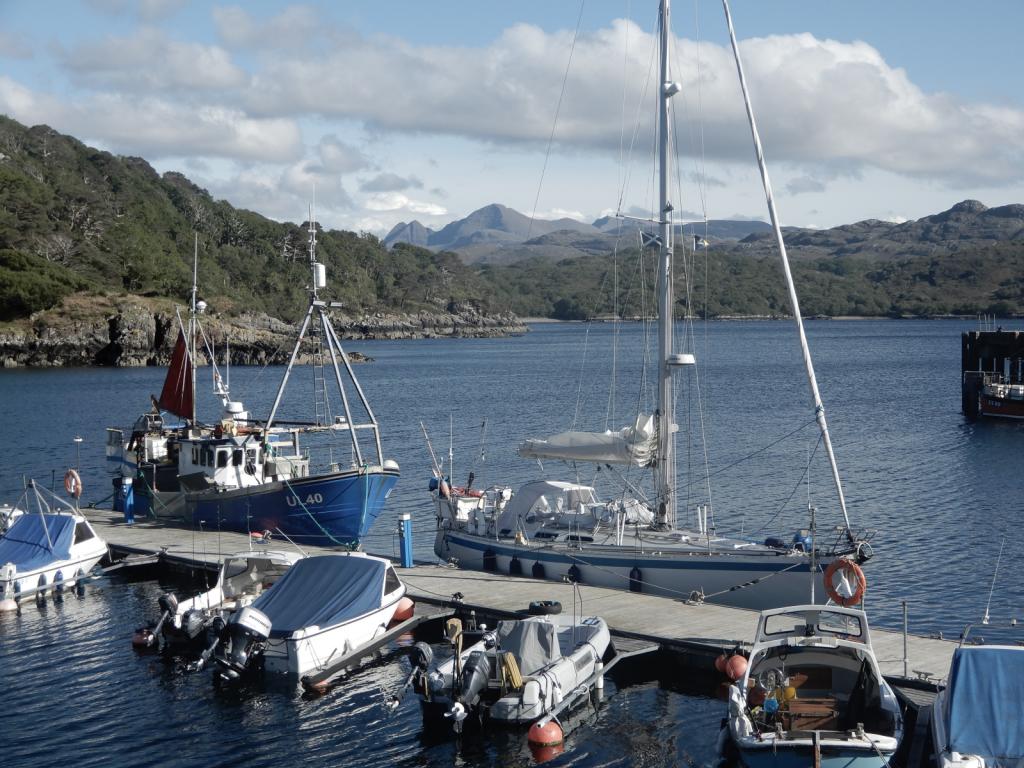 |
The Inner and Outer Hebrides, Orkney, Fair Isle, Shetland, Norway and Sweden's west coast.
1 Photo
Created 14 November 2019
|
|
Normandy, Scilly, Pembrokeshire, Ireland, Isle of Man, Northern Ireland, Inner Hebrides and the Crinan Canal.
1 Photo
Created 14 November 2018
|
Egret
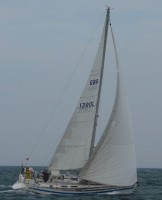
Who: Patrick & Amanda Marshall
Port: Chichester Harbour

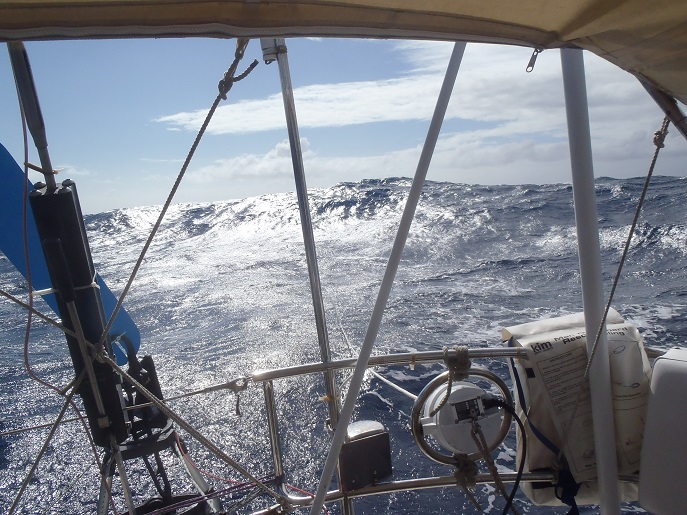
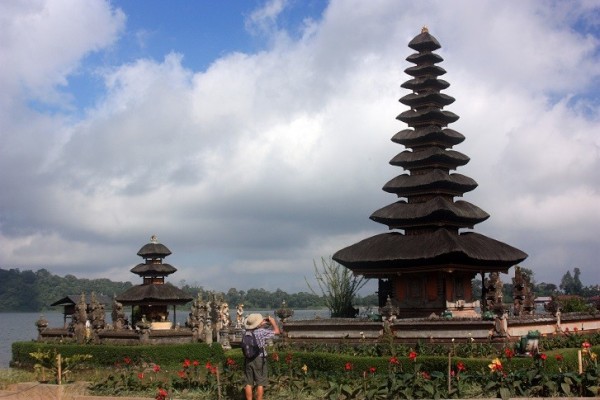
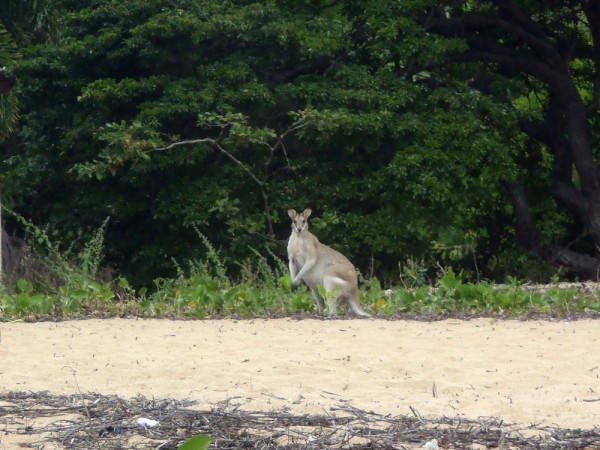
, Pentecost, Naghol (Land diving)a.jpg)
Amanda raising the Quarantine & New Zealand courtesy flagedit_edited-1 a.jpg)
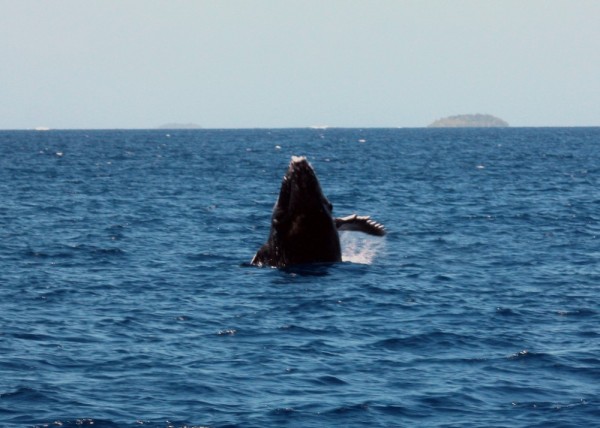
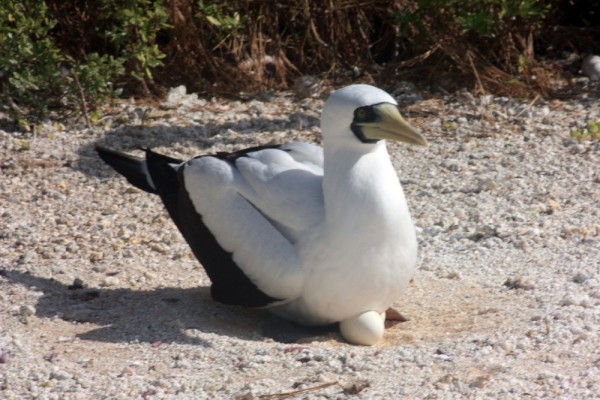
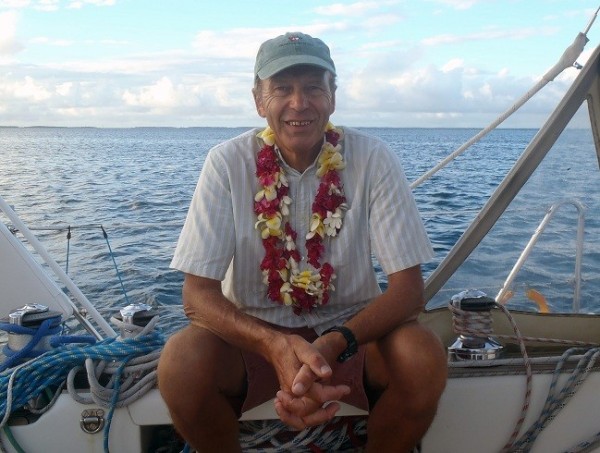
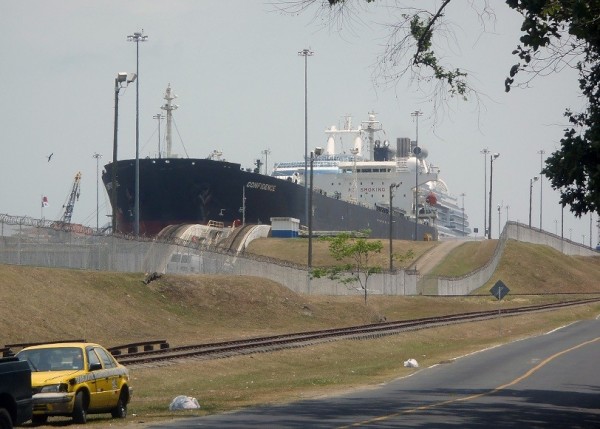
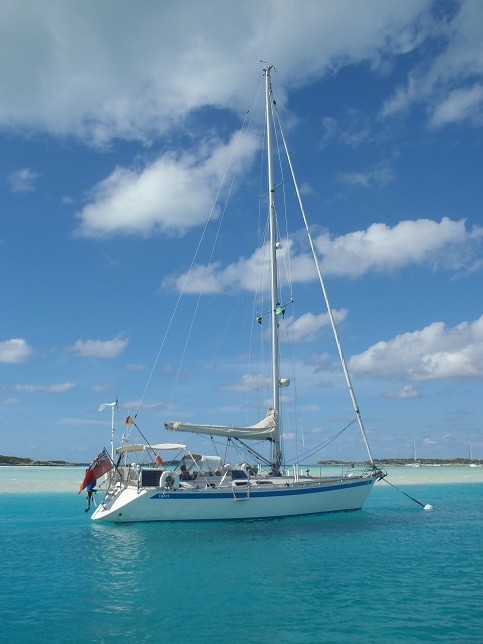
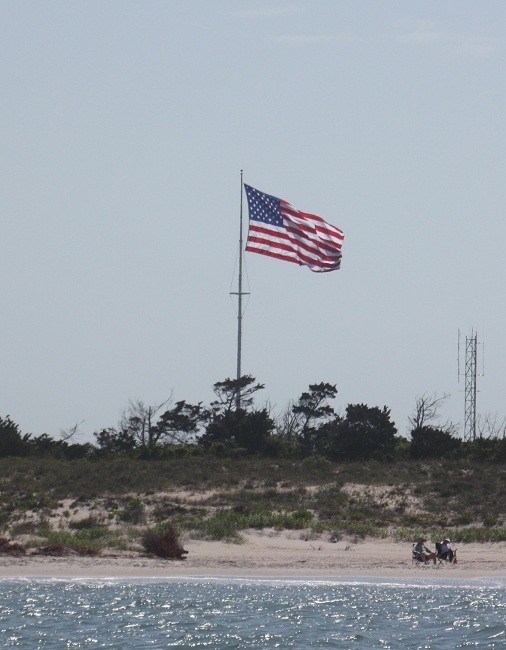
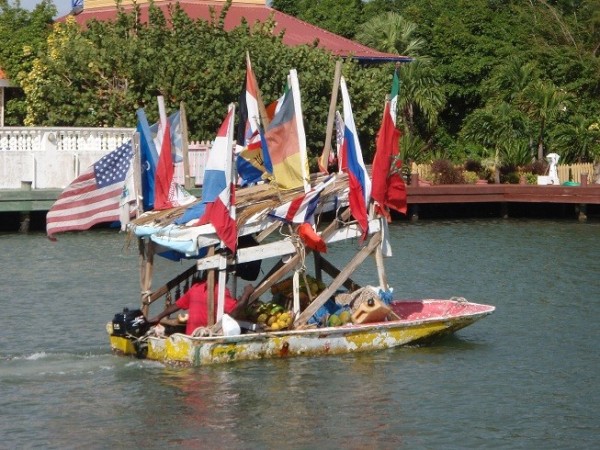
R.jpg)
 Fortes Hayes & views from reduced.jpg)


Amanda raising the Quarantine & New Zealand courtesy flagedit_edited-1 a.jpg)

